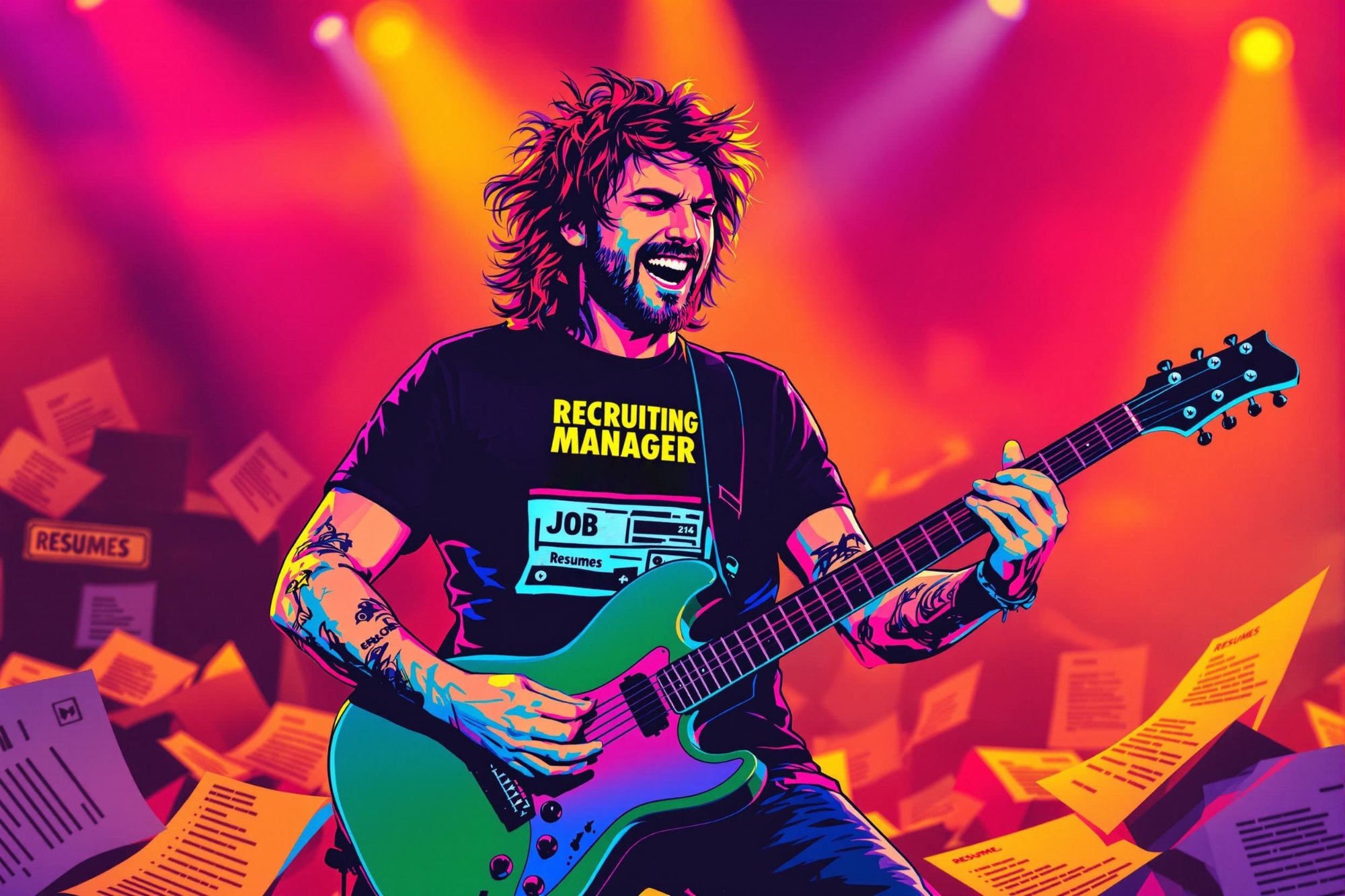
Storyboard
A storyboard is like a comic-book version of a film or video that shows how each scene will look before actual filming begins. It's a series of drawings that map out the visual flow of a project, helping everyone on the team understand what needs to be filmed. Think of it as a visual blueprint that shows camera angles, character positions, and scene transitions. Storyboards are essential planning tools used in movies, TV shows, commercials, and even video games. They help save time and money by planning shots in advance and communicating ideas clearly to the whole production team.
Examples in Resumes
Created detailed Storyboards for a series of television commercials
Led Storyboard development for animated short films
Collaborated with directors to develop Storyboards and Storyboard revisions for feature films
Typical job title: "Storyboard Artists"
Also try searching for:
Where to Find Storyboard Artists
Online Communities
Professional Organizations
Job Resources
Example Interview Questions
Senior Level Questions
Q: How do you handle last-minute changes to storyboards when working with tight deadlines?
Expected Answer: A senior artist should discuss their workflow management, ability to prioritize changes, and experience in quickly adapting while maintaining quality. They should mention how they communicate with teams and manage revisions efficiently.
Q: Can you describe a challenging storyboard project you managed and how you solved any problems?
Expected Answer: Look for answers that demonstrate leadership, problem-solving abilities, and experience handling complex projects from concept to completion, including managing client expectations and team coordination.
Mid Level Questions
Q: How do you ensure your storyboards effectively communicate the director's vision?
Expected Answer: Should discuss their process of gathering requirements, asking clarifying questions, and incorporating feedback. Should mention experience working directly with directors and understanding visual storytelling.
Q: What's your process for creating dynamic camera angles in your storyboards?
Expected Answer: Should explain how they choose camera angles to enhance storytelling, show understanding of basic cinematography, and discuss how they indicate camera movement in their drawings.
Junior Level Questions
Q: What basic elements do you include in each storyboard panel?
Expected Answer: Should mention shot number, camera direction, basic action, character positions, and any important notes. Should understand the importance of clear, readable drawings.
Q: How do you show movement or action in a static storyboard frame?
Expected Answer: Should be able to explain use of motion arrows, multiple poses, and other visual indicators that show movement and timing in still images.
Experience Level Indicators
Junior (0-2 years)
- Basic drawing and sketching abilities
- Understanding of basic camera angles
- Ability to follow existing storyboard formats
- Basic digital drawing tools knowledge
Mid (2-5 years)
- Strong visual storytelling abilities
- Efficient working speed and revision management
- Experience with different production styles
- Good communication with directors and teams
Senior (5+ years)
- Advanced cinematography knowledge
- Project management and team leadership
- Complex action sequence visualization
- Client relationship management
Red Flags to Watch For
- Unable to draw clear, understandable sketches
- Poor understanding of basic film language and camera angles
- Inability to meet quick deadlines or handle revisions
- Lack of digital tool proficiency
Related Terms
Need more hiring wisdom? Check these out...

Beyond Spreadsheets: Why Executive Dashboards in ATS Systems Are Your Secret Hiring Weapon

Beyond Borders: Mastering the Art of a Global Onboarding Calendar

When Job Ads Dance: Why Your Next Hire Might Come From a 20-Second TikTok

